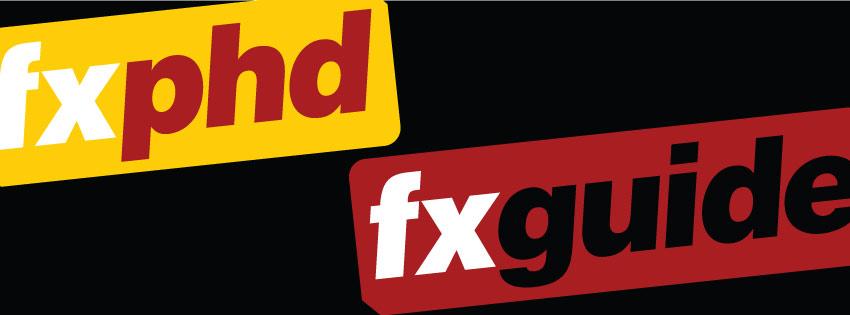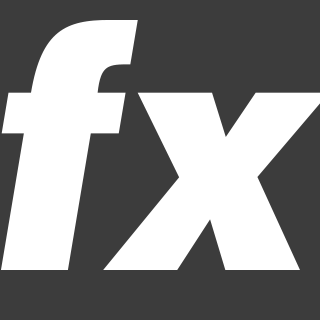


fxphd.com is the leader in pro online training for vfx, motion graphics, and production. Turn to fxguide for vfx news and fxguidetv & audio podcasts.
195 pessoas curtiram isso
0 Publicações
0 fotos
0 Vídeos



